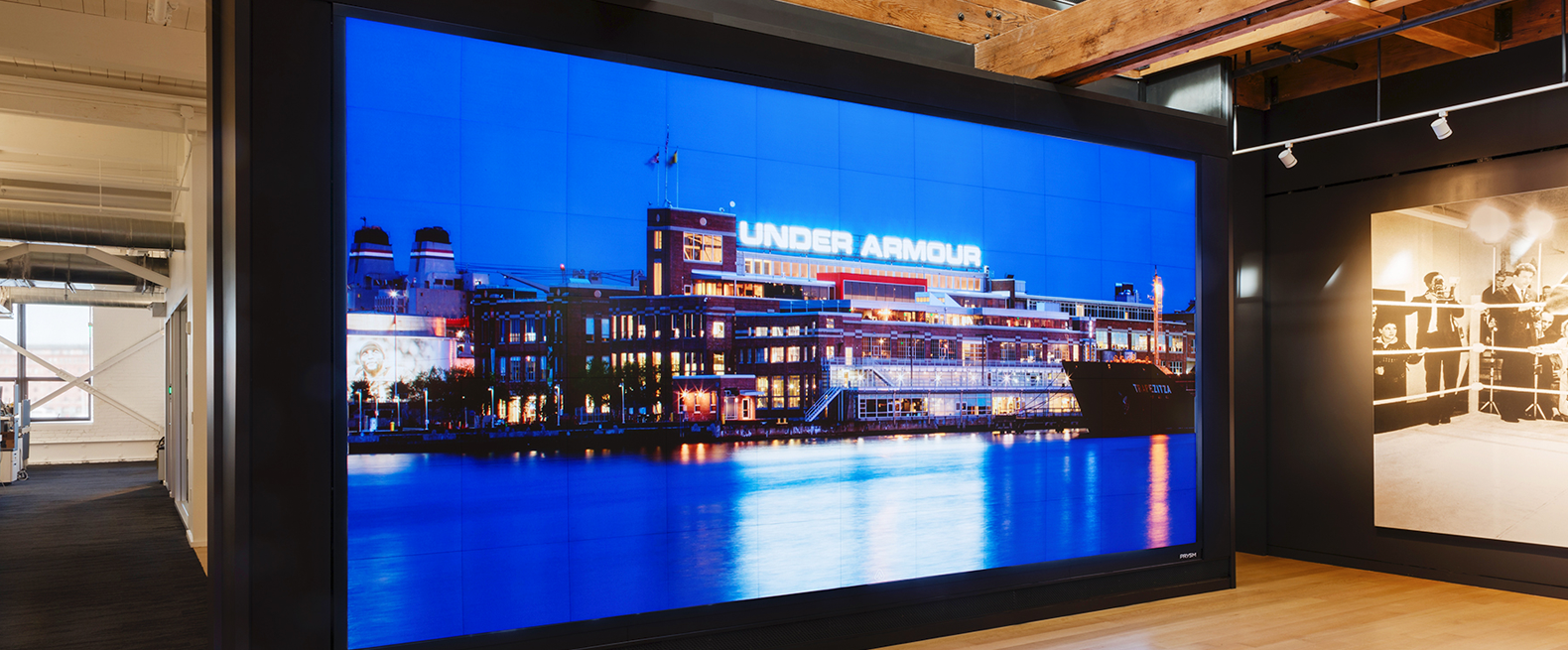Investigating the Durability of LED Wall Screens in Comparison to Conventional Screen Technologies
Investigating the Durability of LED Wall Screens in Comparison to Conventional Screen Technologies
Blog Article
Light-emitting diode wall screens have grown increasingly popular in current years, particularly in settings like schools, corporate spaces, and community areas. These screens use LED lights (LEDs) to produce bright and lively visuals. One of the most notable advantages of LED innovation is its longevity in contrast to conventional screen technologies, such as cathode ray monitors (CRTs) and LCD display displays. Understanding the differences in duration and functionality between these technologies can help buyers make knowledgeable choices about their display requirements.
Classic display methods, like CRTs, have been around for numerous decades. They were commonly used in TVs and PC monitors. However, CRTs have a limited lifespan, typically lasting approximately 10,000 to 20,000 hours of operation. This means that after a couple years, consumers may observe a decline in image clarity, such as dimming or hue distortion. In contrast, LED panel panels can last significantly longer, often exceeding 50,000 hours. This prolonged lifespan means that users can experience reliable functionality without the need for regular substitutions.
Another important factor to take into account is energy conservation. LED panel panels consume less energy than traditional displays, which not only benefits the ecosystem but also reduces power expenses. For example, while a CRT monitor may consume approximately 100 watts of power, an LED screen can use as little as 30 to 50 W. This discrepancy in energy usage adds to the overall longevity this page of LED innovation, as reduced power usage generates minimal thermal energy. Excessive heat can harm electrical components, resulting to a reduced lifespan for traditional screens.
In furthermore to their longer lifespan and energy conservation, LED panel panels also offer enhanced visual clarity. They provide brighter hues and improved differentiation, making them ideal for various uses, from marketing to educational presentations. The technology behind LED screens enables for a broader viewing angle, meaning that visuals remain clear and lively even when viewed from the side. This is a significant benefit over conventional screens, which often suffer from color deformation and diminished luminosity at wider angles.
In summary, the durability of LED panel panels compared to traditional screen methods is a key factor for consumers to consider. With durations that can surpass 50,000 hrs, power conservation, and superior visual quality, LED technology provides many advantages. As technology continues to advance, LED wall panels are likely to turn even more common in multiple environments. Understanding these differences can help individuals and entities make improved choices when purchasing in screen innovation, guaranteeing they receive the best value for their needs.